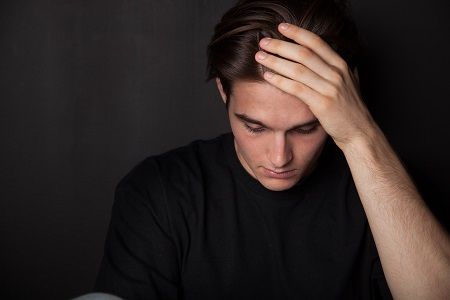Treating Pain Alone Isn't Enough for Someone with Psychological Symptoms
Whether it’s drugs or procedures, there are different strategies for managing chronic pain. However, when psychological symptoms come into play, treatment may need to take an alternative course.

“We’ve got lots of options at our disposal,” Roger B. Fillingim, PhD, said at PAINWeek 2016 in Las Vegas, Nevada. Whether it’s drugs or procedures, there are different strategies for managing chronic pain. However, when psychological symptoms come into play, treatment may need to take an alternative course.
Drugs target the brain, but they can also affect the peripheral nervous system. Procedures, on the other hand, are mostly peripheral. All of these treatments have a target — either the body, brain, or both. The goal is to choose the treatment that will target the mechanism that is driving the pain. The problem? You don’t always know what’s driving the pain.
“The mechanism influences what treatment the patient might respond to,” said Fillingim, a professor and director at the Pain Research and Intervention Center of Excellence at the University of Florida. He described a study conducted at the school focusing on patients with knee osteoarthritis.
Using just under 300 patients, the team separated them into a low pain group (0 to 49 scores) and high pain group (50 to 100 scores) and compared them with controls. The average participant was in their upper 50s and around 65% were women. The patients were poked 10 times one right after other near the osteoarthritis site as well as in a spot on the body that did not have pain.
- MD Magazine is on Facebook, Twitter, Instagram, and LinkedIn!
The data showed that those in the high pain group were more sensitive when it came to pain tolerance. This group also reported more pressure pain sensitivity and more robust summation. This was apparent even at the sites where patients did not suffer from osteoarthritis.
So what does this mean? Well, it means that the patients with higher osteoarthritis pain exhibited more global sensitivity throughout the body. But does that osteoarthritis pain cause more global pain or is global pain increasing the osteoarthritis pain? That answer is unclear since this was a cross sectional study, Fillingim said.
Next the team looked at the psychological profiles of these patients and found that 15% of them had psychological issues. This is common when looking at a cohort of patients with pain, Fillingim reassured. Additional analysis revealed that the patients with psychological issues, such as depression, anxiety, or distress, tended to have more pressure pain.
The participants reported heat pain ratings on their hands — before and after sticking them in ice cold water. The water should reduce pain, but this was only the case in the low distress group. This indicates that psychological symptoms affected pain outcomes.
The findings suggest that stress is going to magnify pain in someone with a pain disorder more so than in someone healthy. Therefore, someone with a lot of pain from knee osteoarthritis who also had depression, anxiety, or stress needs more than just a treatment for the osteoarthritis. There’s other drivers in pain and that’s something physicians should consider when deciding on a course of treatment.
Also on MD Magazine >>> More News from PAINWeek 2016 in Las Vegas